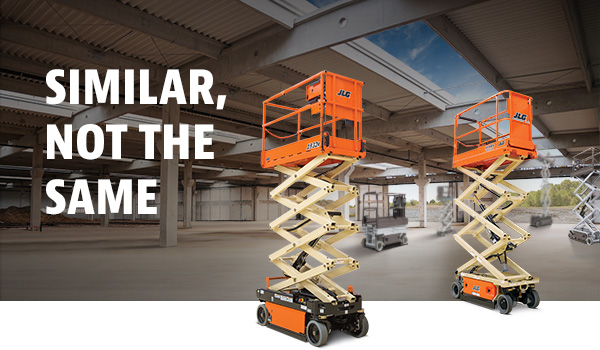Crane Forks with backstop
Model 660 Frame shown with
Model 660-01 General Purpose Tines
Simpler Design - No cables or pulleys
Crane Fork FRAME w/backstop Model 660 Frame only - Select Tines below.
Model 660 w/Model 660-02 Block Tines
Model 660 Frame shown with Model 660-02 Block Tines
Self Shifting (spring loaded) Pickup Trolley
♦ Keeps forks level even when empty
♦ Maintains payload center of gravity to keep load level
Design Features
♦ King post adjusts for load heights from 42" to 65"
♦ Adjustable stop permits use of 36", 40" & 48" pallets
♦ Backstop helps stabilize load - 40" wide
♦ Forks spread up 40" wide (out to out)
Call i80 Forklift for more information: (707) 451-5100
(707) 451-5100

